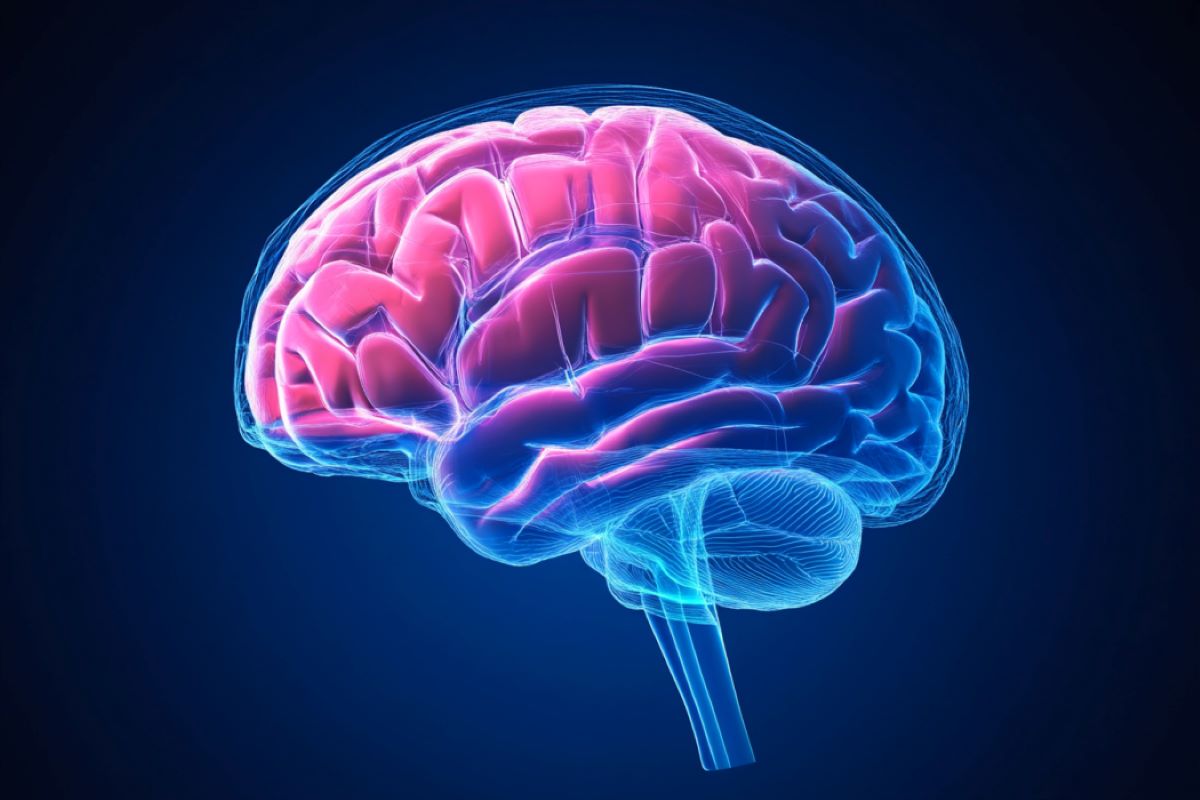Summary: The cerebellum, traditionally linked to motor functions, also plays a vital role in social and cognitive abilities, according to new research. Abnormalities in this brain region not only impair movement but are linked to emotional and behavioral issues, particularly in autism.
Through non-invasive techniques like magnetic and transcranial electrical stimulation, researchers are improving social task performance in individuals with autism. The team’s goal is to refine these methods, offering new hope for therapeutic interventions in psychiatric and neurological conditions.
Key Facts:
- The cerebellum is involved in both motor and social-cognitive functions.
- Brain stimulation techniques like magnetic and electrical stimulation are improving autism-related behaviors.
- Transcranial electrical stimulation (tES) holds promise for affordable, wide-scale treatment applications.
Source: VUB
In a recent publication in Nature Reviews Neuroscience, Professor Frank Van Overwalle, from the Brain, Body and Cognition research group at the Vrije Universiteit Brussel (VUB), sheds light on the often-overlooked role of the cerebellum in both motor and social-cognitive processes.
His research contributes to a growing shift in the field of neuroscience, which has traditionally focused on the cerebrum.

For decades, the cerebellum was primarily associated with motor coordination.
“People with cerebellar abnormalities often experience motor issues,” Van Overwalle explains. “For example, they struggle to smoothly touch their nose with a finger. These difficulties highlight the cerebellum’s essential role in refining motor movements.”
However, Van Overwalle’s research extends beyond motor functions, exploring the cerebellum’s involvement in social and cognitive abilities.
His findings reveal that abnormalities in the cerebellum not only lead to motor deficits but are also linked to emotional and behavioral disorders.
He references research on individuals with autism, demonstrating how non-invasive brain stimulation techniques like magnetic stimulation can improve social task performance.
“We’ve seen improvements in the sequence of cognitive tasks in people with autism through magnetic stimulation,” says Van Overwalle.
“We’re now testing more complex tasks to see if these effects can be further enhanced, with the ultimate goal of developing practical treatments for people with autism.”
A notable breakthrough is the use of transcranial electrical stimulation (tES), a more affordable and accessible technique compared to magnetic stimulation. While the effects of tES are still limited, the research group is committed to further development, seeing its potential for wide-scale application in the future.
This research offers a fresh perspective on the cerebellum’s role and paves the way for new treatments for psychiatric and neurological conditions, such as autism spectrum disorders.
“Our hope is to refine these techniques further to improve social and cognitive functions in people with autism,” concludes Van Overwalle.
About this neuroscience research news
Author: Sam Jaspers
Source: VUB
Contact: Sam Jaspers – VUB
Image: The image is credited to Neuroscience News
Original Research: Open access.
“Social and emotional learning in the cerebellum” by Frank Van Overwalle. Nature Reviews Neuroscience
Abstract
Social and emotional learning in the cerebellum
The posterior cerebellum has a critical role in human social and emotional learning.
Three systems and related neural networks support this cerebellar function: a biological action observation system as part of an extended sensorimotor integration network, a mentalizing system for understanding a person’s mental and emotional state subserved by a mentalizing network, and a limbic network supporting core emotional (dis)pleasure and arousal processes.
In this Review, I describe how these systems and networks support social and emotional learning via functional reciprocal connections initiating and terminating in the posterior cerebellum and cerebral neocortex.
It is hypothesized that a major function of the posterior cerebellum is to identify and encode temporal sequences of events, which might help to fine-tune and automatize social and emotional learning.
I discuss research using neuroimaging and non-invasive stimulation that provides converging evidence for this hypothesized function of cerebellar sequencing, but also other potential functional accounts of the posterior cerebellum’s role in these social and emotional processes.






